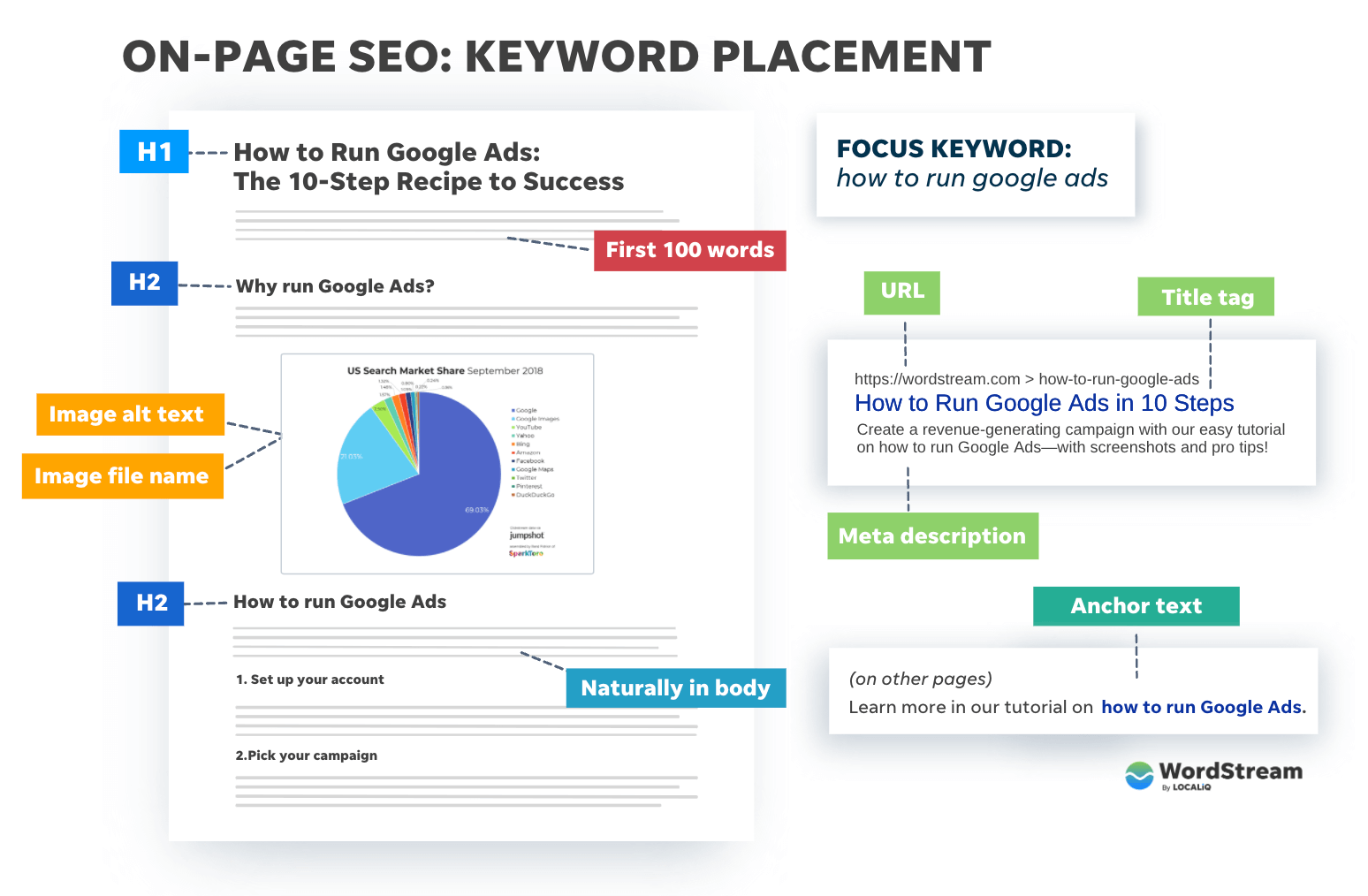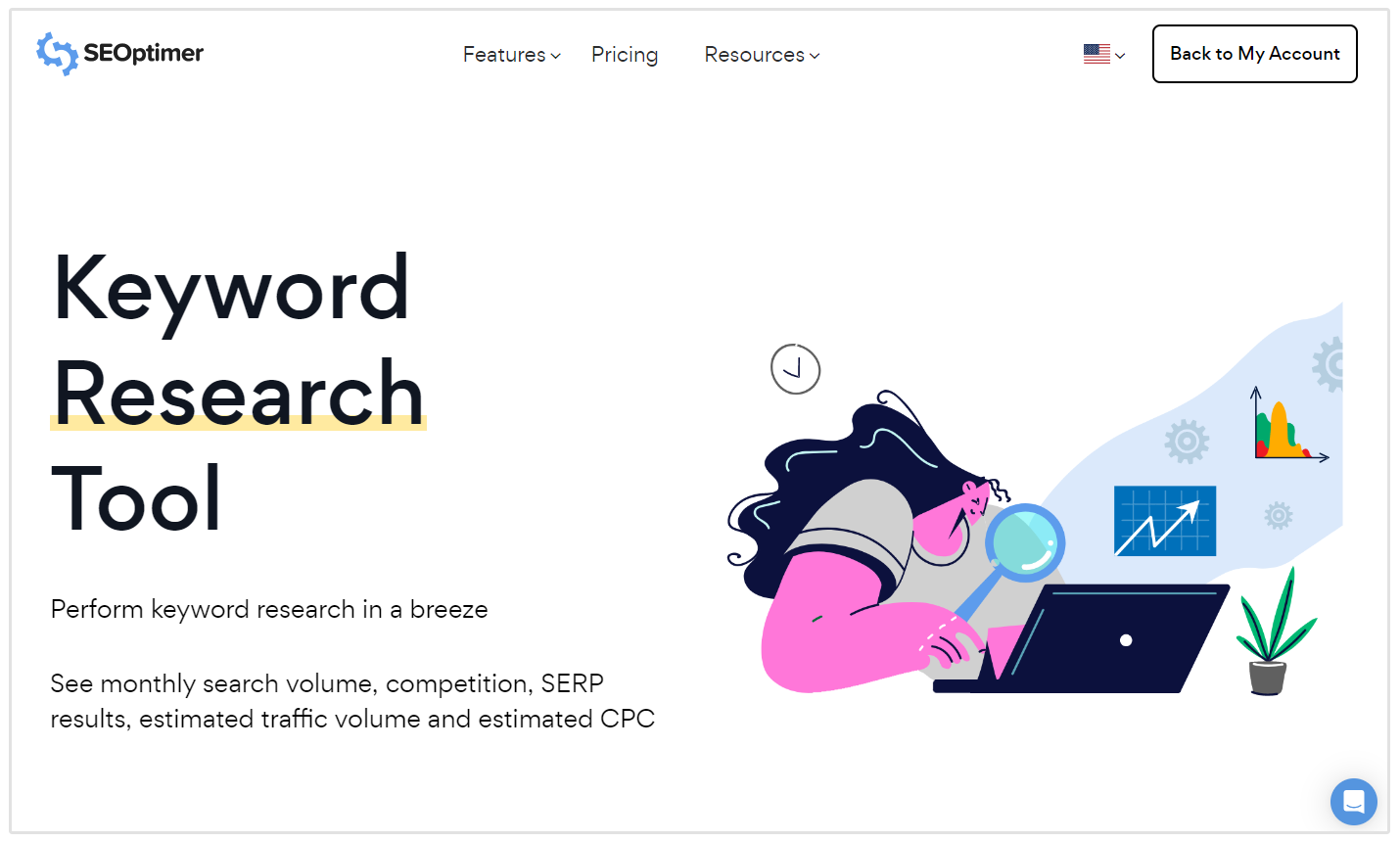Optimizing Your Information Interpretation With Secondary Measurement in Google Analytics for Informed Decision-Making
Google Analytics, an effective device in the hands of digital marketers and analysts, uses an attribute known as Additional Dimension. By tapping into the abilities of Second Dimension, individuals can get an extra extensive sight of their data, enabling them to make critical decisions based on an extra nuanced and detailed analysis.
Understanding Additional Dimension Performance
Comprehending the additional dimension functionality in Google Analytics boosts the deepness of information evaluation by giving extra context to main metrics. By integrating an additional dimension, experts can section and contrast data, getting understandings that would or else remain hidden. This attribute permits customers to see data through different lenses, such as the source of traffic, customer actions, or geographic place, using a more detailed understanding of website performance.
When looking exclusively at primary metrics,Utilizing additional measurements can reveal patterns and relationships that may not be noticeable. Combining the primary metric of web page sights with an additional measurement like device group can discover whether certain tools drive more website traffic to particular pages. This information can after that notify internet site optimization strategies tailored to various device users.
Implementing Additional Measurement in Reports
Structure upon the understandings acquired through secondary measurement evaluation, including these measurements properly right into reports in Google Analytics is vital for removing workable data-driven decisions. what is a secondary dimension in google analytics. By implementing second measurements in reports, individuals can delve deeper right into the efficiency metrics of their site or app. This attribute permits a more detailed analysis by providing extra context to the primary dimension chosen
To apply a secondary measurement in reports, merely navigate to the desired report in Google Analytics and click on the "Secondary dimension" tab located over the data table. From there, customers can pick from a large variety of secondary dimensions such as 'Source/Medium', 'Gadget Group', or 'Touchdown Web page'. Choosing the most relevant additional dimension will certainly rely on the certain understandings you are seeking to uncover.
Using second measurements in reports not only enhances the depth of evaluation however additionally aids in determining fads, patterns, and correlations that might have or else gone unnoticed. This critical method to data analysis allows businesses to make educated choices that drive growth and success.

Analyzing Information With Additional Dimensions
Upon integrating secondary measurements right into data evaluation within Google Analytics, a comprehensive examination of key efficiency indications can be achieved, supplying valuable understandings for calculated decision-making. By making use of secondary measurements, analysts can even more dissect their main information measurements, such as website traffic resources or user demographics, to reveal patterns or trends that might not address be immediately apparent. This deeper degree of analysis permits for an extra extensive understanding of individual habits and communications on a site or digital platform.
Evaluating information with secondary dimensions makes it possible for online marketers and site owners to respond to more specific inquiries about their audience, content performance, and marketing initiatives. By integrating the key measurement of traffic resources with a second dimension like geographical place, services can identify which regions drive the most important website traffic to their site. This kind of granular understanding can educate marketing approaches, web content production, and site optimization efforts to better satisfy the needs and choices of their target audience.
Leveraging Additional Measurements for Insights
By integrating additional dimensions effectively, experts can extract deeper insights from data sets in Google Analytics, improving the understanding of customer habits and performance metrics. Leveraging second dimensions entails combining various features or metrics with main data to reveal patterns and fads that might not be evident at initial look. By adding a second measurement such as 'Gadget Classification' to a record on site traffic, directory analysts can discern whether customer actions differs across various devices like desktop computers, mobile phones, or tablets.
Moreover, using secondary dimensions enables analysts to segment data extra granularly, allowing them to recognize particular target market sectors or geographical areas that exhibit unique habits. what is a secondary dimension in google analytics. This division can be important in customizing marketing methods, maximizing web site web content, or improving individual experience based upon the distinct attributes of each segment
Fundamentally, leveraging second measurements in Google Analytics empowers analysts to dig much deeper into data, acquire purposeful insights, and make informed choices that drive company development and success.
Enhancing Decision-Making With Secondary Dimensions
Making use of additional dimensions in information analysis gives a critical benefit by revealing actionable understandings that drive notified decision-making in Google Analytics. By improving decision-making through second measurements, individuals can dig deeper right into their data to extract valuable info click to find out more that might not be right away noticeable. These additional measurements provide a more thorough view of user actions, communications, and outcomes, allowing experts to make even more enlightened choices based upon concrete data.
With the utilization of second dimensions, experts can segment and filter information to identify patterns, trends, and correlations that might affect decision-making processes. This improved degree of granularity permits a much more targeted method to assessing information, leading to more insightful and exact conclusions.
Furthermore, second dimensions provide the opportunity to compare different information factors side by side, facilitating a more comprehensive evaluation of performance metrics and KPIs. By leveraging secondary measurements effectively, companies can enhance their techniques, enhance customer experiences, and eventually attain their goals with confidence.
Final Thought

Structure upon the insights acquired through second measurement analysis, including these measurements effectively into reports in Google Analytics is critical for drawing out workable data-driven choices.To apply a secondary dimension in reports, merely navigate to the desired record in Google Analytics and click on the "Additional measurement" tab situated over the data table. By utilizing secondary dimensions, experts can better dissect their primary data dimensions, such as web traffic resources or customer demographics, to discover patterns or patterns that might not be promptly noticeable. By combining the primary dimension of traffic sources with an additional measurement like geographical area, services can determine which areas drive the most beneficial website traffic to their website.By including secondary measurements successfully, experts can extract much deeper insights from information collections in Google Analytics, enhancing the understanding of user behavior and performance metrics.